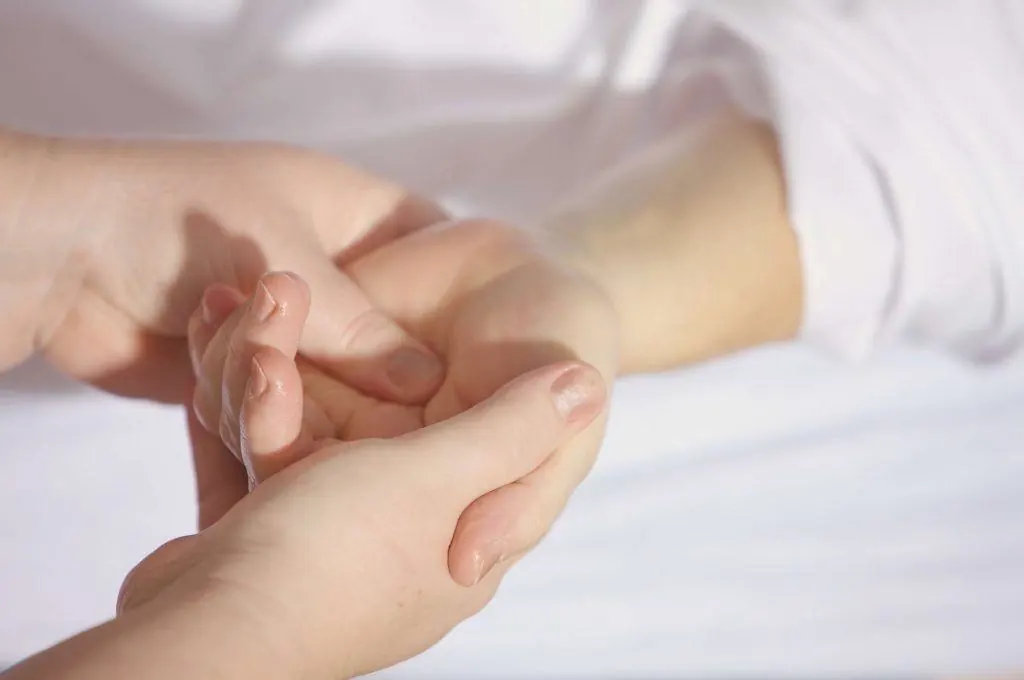Carpal Tunnel Syndrome And Motor Vehicle Accidents
Many people are familiar with carpal tunnel syndrome (CTS) as a condition caused by repetitive stress injuries such as working with vibrating tools, heavy manual labor, and even less impactful but repeated movements such as typing. Within these categories, carpal tunnel syndrome is often a workplace injury. What is less well known, however, is traumatic carpal tunnel syndrome that can be triggered by a single injury to the hand or wrist from an event such as a motor vehicle collision, a sports injury, or a slip-and-fall injury.
Symptoms of Carpal Tunnel Syndrome
Carpal tunnel syndrome in general results from compressing the median nerve where it passes through the wrist in the passage known as the “carpal tunnel.” This compression of the nerve can result in pain, tingling (paresthesias), and numbness in the fingers — thumb, index finger, middle finger, and part of the ring finger — and parts of the hand that are served by the median nerve, and in chronic or severe cases even much more serious symptoms such as muscle wasting. (There are also some non-trauma causes of CTS including arthritis, diabetes, certain drug reactions, or growths within the wrist — these can cause the same pressure on the median nerve that is associated with single traumatic and repetitive injury causes.)
Post Traumatic Carpal Tunnel Syndrome
Traumatic carpal tunnel syndrome — as well as the non-traumatic versions — is generally diagnosed based upon the reported symptoms and certain classic “signs” for the disease. Phalen’s Maneuver, for example, involves flexing the wrist and holding it in position — when pain or numbness appears within one minute in the fingers innervated by the median nerve, it is considered a positive sign, and the fast the symptoms appear the “more positive” the result is considered to be. Another test involves Tinel’s Sign in which the skin is gently tapped over the ligament band that forms part of the carpal tunnel. If this produces pain or tingling in the fingers of the median nerve distribution, the test is positive. Electrodiagnostic testing that examines the conductivity of the median nerve may often be used to confirm a suspected case of carpal tunnel syndrome.
Treatment for Traumatic Carpal Tunnel Syndrome
The treatment course for traumatic carpal tunnel syndrome is somewhat different than for CTS from repetitive stress injury. In the latter version, simply avoiding the repetitive stress that is causing the CTS may cause the condition to disappear. Using proper ergonomic equipment and body mechanics can help reduce the condition. Wrist braces and splint can also be effective aids. When there has been a more specific injury to the wrist, however, or where these conservative treatments are ineffective, medications in the form of corticosteroid injections may be effective for temporary relief. Physical therapy in some instances can be helpful. Persistent CTS conditions whether from traumatic carpal tunnel syndrome or other causes eventually may require surgery in the form of “carpal tunnel release surgery” in which the transverse carpal ligament that forms part of the carpal tunnel is split in order to relieve pressure on the median nerve. This is typically done through a small incision at the wrist or base of the palm.
Personal Injury Lawyers in Sacramento
I’m Ed Smith, a Sacramento personal injury lawyer with the primary accident information site on the web, AutoAccident.com. Whatever the source of your traumatic carpal tunnel syndrome, call me now at 916.921.6400.
I’m a member of the Million Dollar Advocates Forum.
See our Verdicts and Settlements.
You can find out more about our office by looking for us either on Yelp, Google or on Avvo, the attorney rating site.
Photo by pixabay.com

